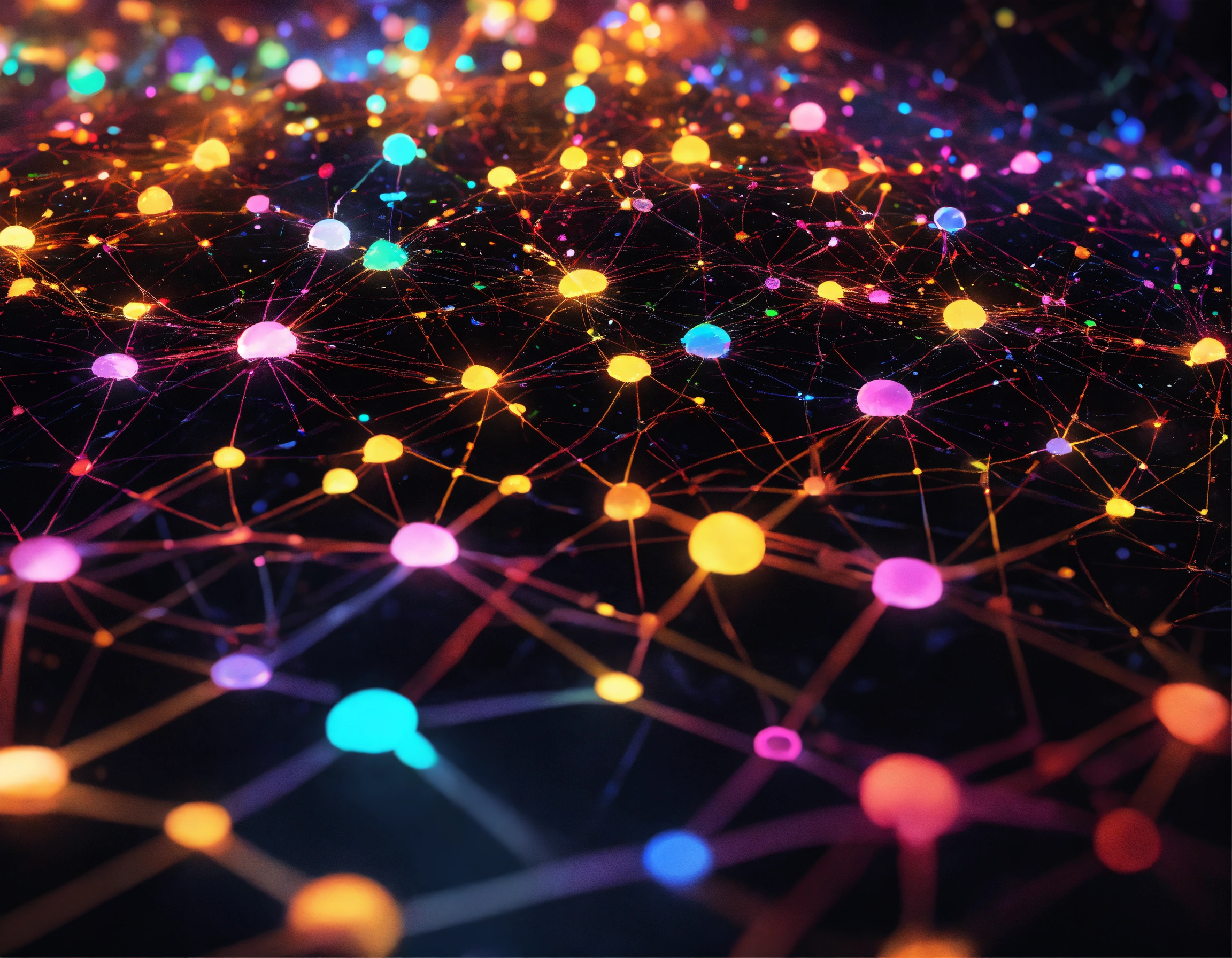
Understanding the Difference Between Artificial Intelligence 🧠 and Neural Networks 🎯: How AI is Advancing Through Connection-Based Learning 💡
3 December, 2023
🌐 Artificial intelligence (AI) and 🧠 neural networks are two crucial technologies, but what exactly is the difference? Let's break it down in simple terms.
🌐 AI is the broad concept of machines being able to match or surpass human intelligence. This involves capabilities like problem-solving, reasoning, learning, and communicating.
🧠 Neural networks are a specific type of machine learning inspired by how our brains work. They contain billions of connections (neurons) that form complex patterns from large amounts of data.
A neural network is composed of multiple layers - an 📥 input layer, 🌈 hidden layers, and an 📤 output layer. As data flows through these layers, the connections are strengthened or weakened to detect patterns. Over time, neural networks can learn complicated relationships without being explicitly programmed.
So in summary:
🌐 AI is the overarching concept of machine intelligence
🧠 Neural networks are a method for achieving AI through pattern recognition
Today, neural networks power many "smart" technologies like facial recognition, speech assistants, self-driving cars, and more. With ever-improving neural networks and more data, AI continues to rapidly advance.

🧠 Neural Networks: Inspired by the Brain
Early AI's were dedicated to single tasks like playing games. This left them unable to adapt. Researchers knew the brain's billions of neurons could learn in versatile ways. Our brains form connections between experiences to gain understanding.
For example, touching a hot stove teaches a valuable lesson. The painful memory reinforces the danger of fire. Over time, these linked memories allow flexible thinking. We learn fires mean heat without getting burned. The brain's neural web empowers general problem-solving skills.
Scientists realized neural networks could mimic this adaptive learning. By modeling brain cells as code, programs formed webs of data ties. Learning varied inputs builds a web of associations, just as our brains do. This neural approach paved the way for AI applicable far beyond isolated jobs. Networks evolving through experiential connections showed promise for human-level smarts.
🔬 Putting Neural Networks to the Test
Researchers replicated the brain's learning in code. Artificial neural networks faced problems to strengthen response connections, just as real neurons strengthen. Through countless tests, networks adjusted answers like how experience shapes the human mind.
Take AlphaGo, the neural network created by DeepMind to play the board game Go. Through playing millions of games against itself, AlphaGo evolved to beat the world's best human Go players. By facing varied challenges without direct programming, networks can learn versatile thinking.
Giving varied challenges lets networks learn versatile thinking. Early networks conquered isolated issues, but connecting diverse data types could unlock broader insights. Scientists challenged networks with identifying flowers by scent, for example. Rather than seeing petals alone, networks input numeric scent descriptions. Linking numbers to pictures built associative memory banks.
While these networks remain far from human-level cognition, including richer inputs moves AI closer. Continued progress capturing nature's neural wisdom may one day realize even skeptics' dreams. As technology models biology ever-more accurately, who knows what possibilities await down this petal-strewn path? Continued scientific diligence connecting more of life's complexity to code brings us closer to answering life's grandest question: what does it mean to be truly intelligent?
🚀 The Future is Neural: How Advancements in Neural Networks Are Pushing AI Forward
In many ways, neural networks represent the cutting edge of efforts to develop truly intelligent machines. By taking inspiration from nature's most sophisticated learning system—the human brain—researchers have shown neural networks can perform increasingly complex tasks. We've seen how networks trained on massive datasets have surpassed humans at games like Go.
Going forward, advancing hardware capabilities and new algorithms will allow networks with billions or even trillions of connections. This exponential increase in computational power might someday yield an AI with general human-level cognition. Although we've come a long way from machines that could only play ping pong, creating a generally intelligent artificial being remains a grand challenge.
Continued development of neural networks, combined with other AI techniques, moves us closer to the Holy Grail of strong artificial intelligence. How networks might evolve to mimic additional human capacities, like commonsense reasoning, will shape the future of this promising but still developing field. 🌈✨